
What are the disadvantages of injection molding? When should you consider alternative manufacturing methods to injection molding? 1. Initial cost If you are committing to steel mold tools for high production volumes (100,0
Assist global clients in engineering material,professional custom injection molding service,CNC machining service.We can provide you with one-stop solutions.
Those plastics materials like UHMW-PE , MY Nylon , PA6 , POM , HDPE , ABS , PU , PC , PVC, PP , PET , PBT , Acrylic , PEEK , PPS , PTFE , PVDF , PAI , PEI , PSU , PI , PBI etc., they have different characteristic ! For example flowing temperature , crystallization speed , heat dispense , viscosity , pressure, speed , deformation and stripping .
Thanks for clients all along support , we gain lots of successful and failure cases , those experiences we store in database , which guide our new staff avoid same mistake. Today our comprehensive service from industrial design, mold design and manufacturing, volume production and production is based on an end-to-end quality assurance system that delivers an efficient, cost-saving, turnkey solution in plastic injection molding manufacturing.
Our mold team uses the lasted new version software design programs: UG, ProE, SolidWorks, Catia, Rhino etc., you can send any type of drawings xmt,step,vad or .iges. We also give you service is reverse engineering, we can follow your sample to create a completely new 3d drawings and the molds.
Our clients include medical industry, automobile, electronics industry, consume plastic products, etc., Our skilled technician and mould maker specialists work with each individual client and use the best material available for each application, Guides your project through each phase of development to save you time and money. We will explain whole process efficiently in five main stages: the production of the technical preparation stage, the preparation stage of raw materials, parts and components processing stage, assembly and commissioning phase trial identification stage. It is clear and confident to achieve success .
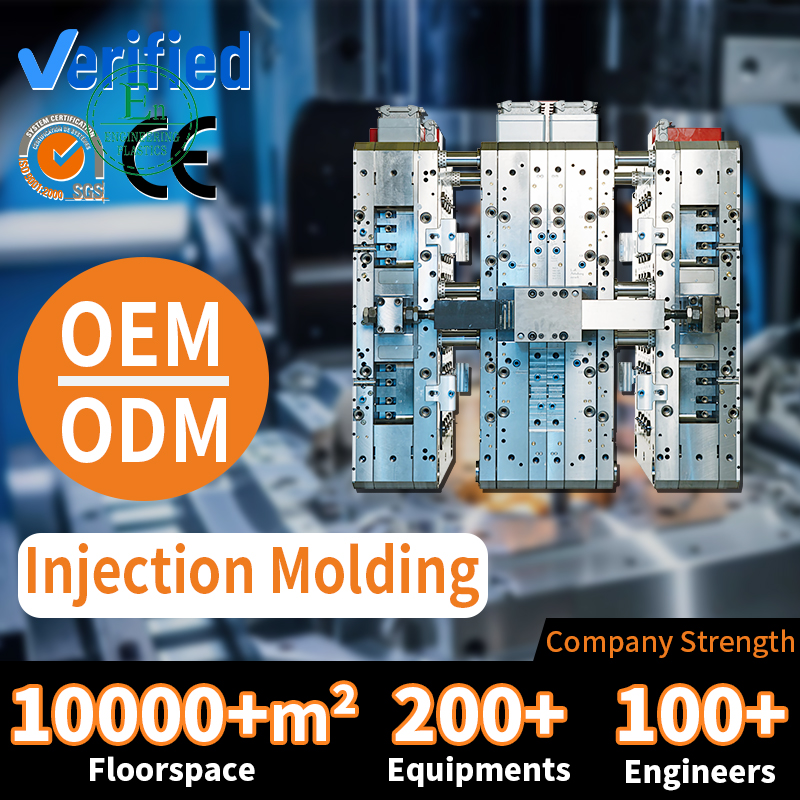

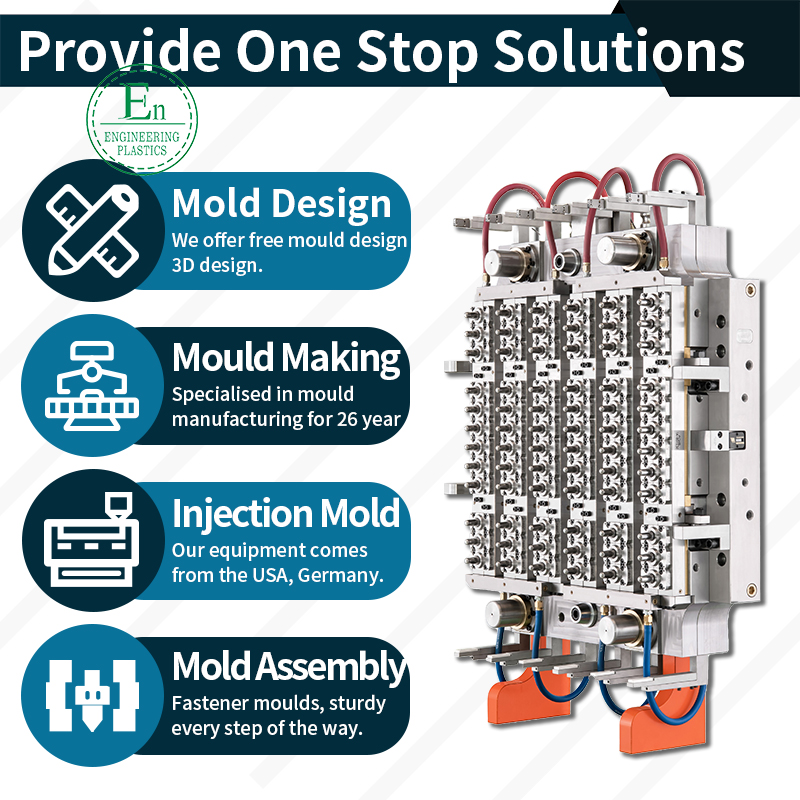
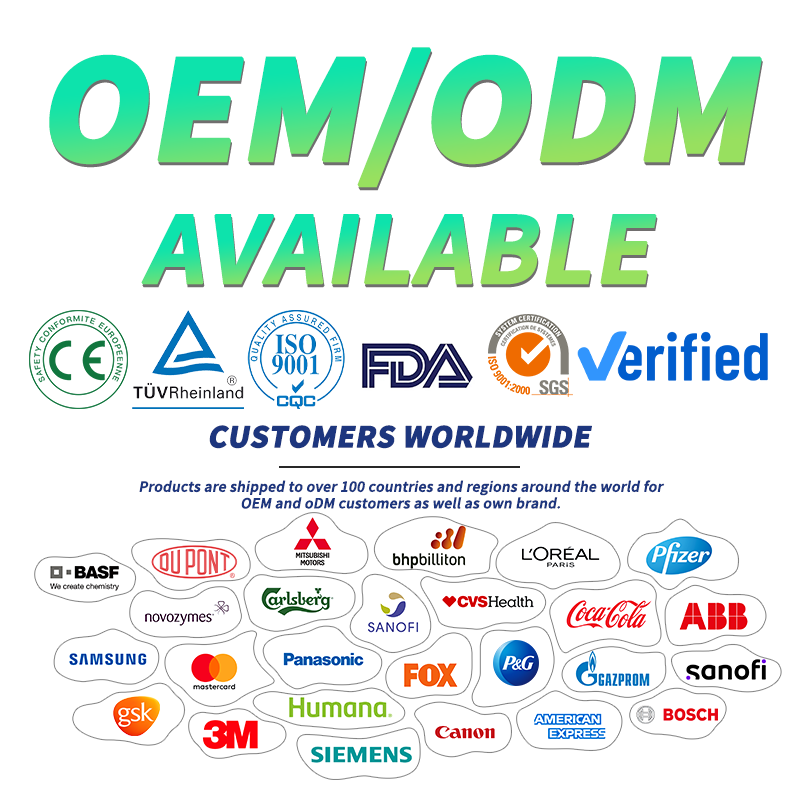
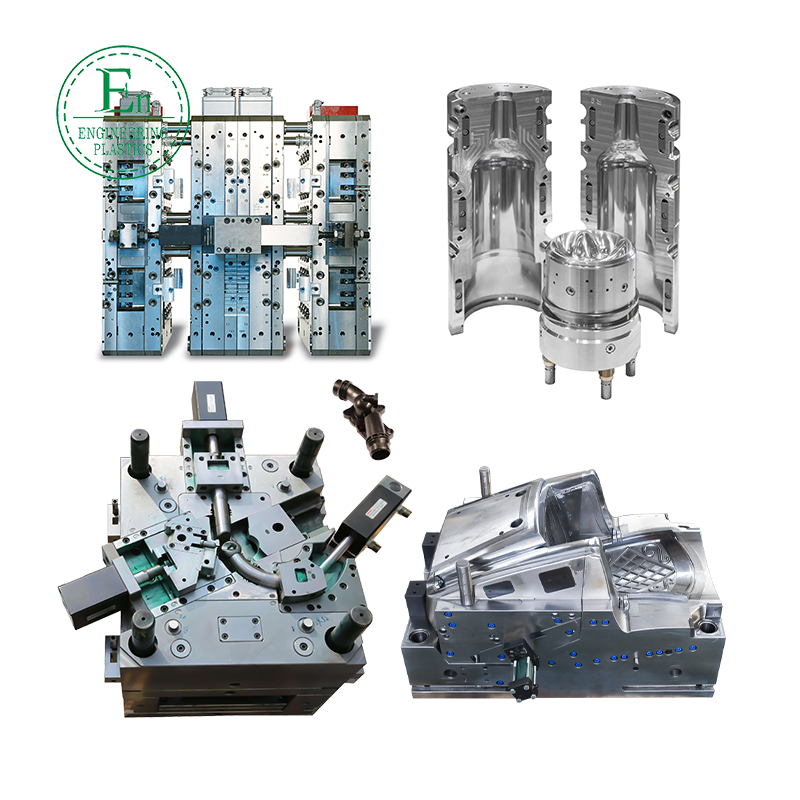
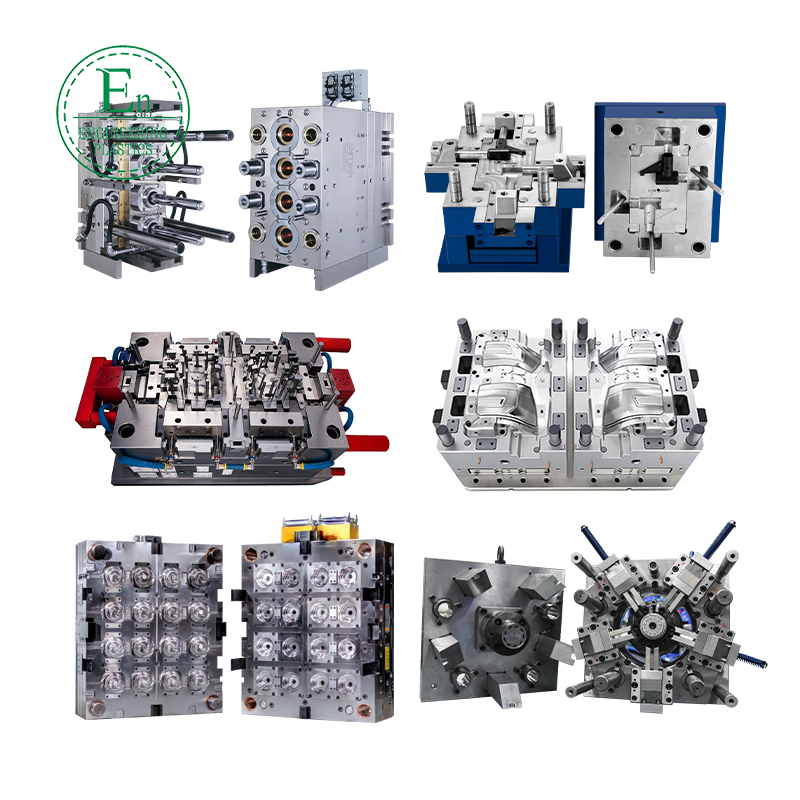

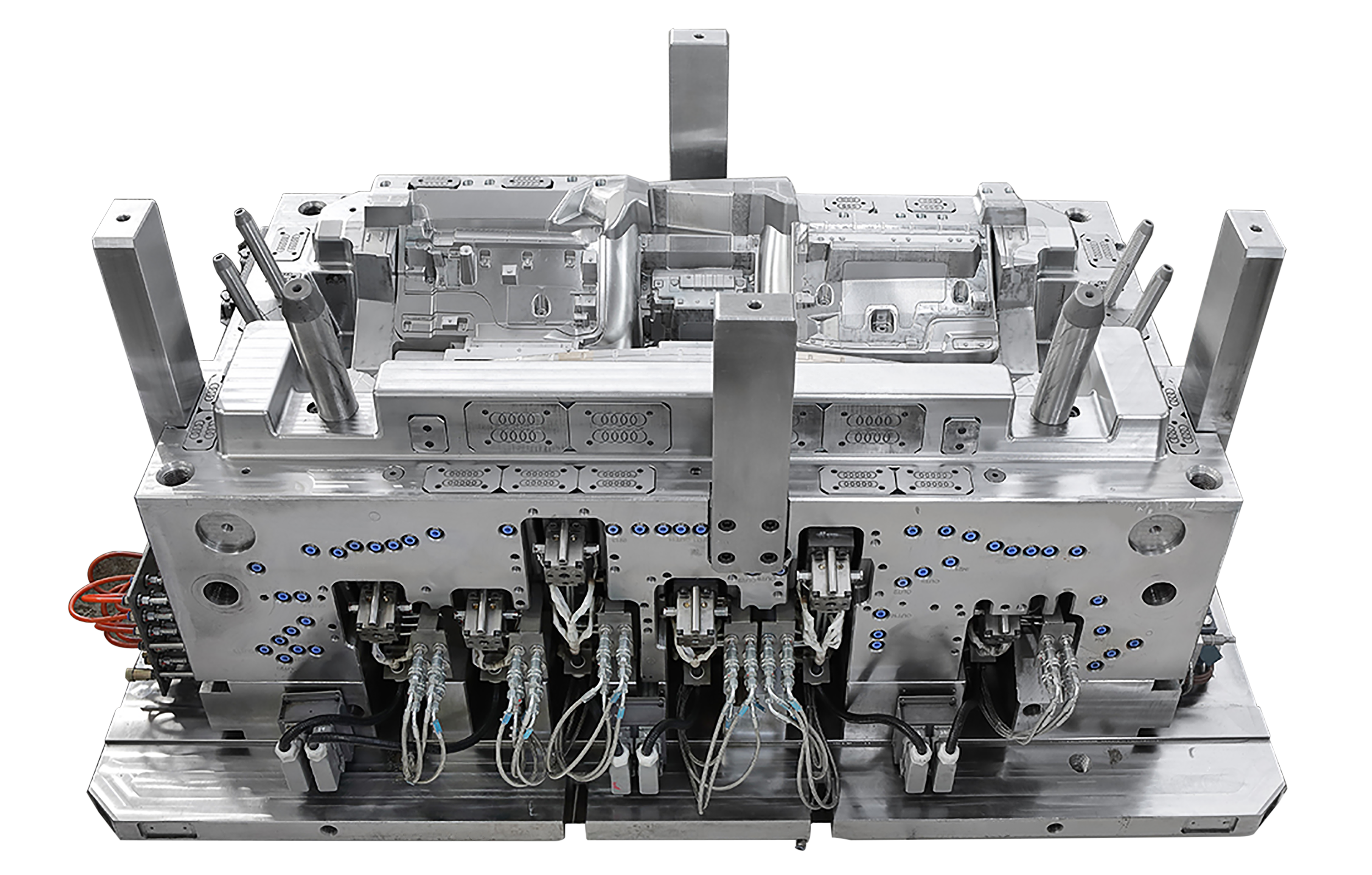
What are the disadvantages of injection molding?
When should you consider alternative manufacturing methods to injection molding?
1. Initial cost
If you are committing to steel mold tools for high production volumes (100,000+) then it can take a great deal of time and machining to produce and this can be a significant capital cost. If you need lower volumes of parts then this will affect your cost per part price and it may be worth exploring other options such as using aluminum molds instead.
2. Initial lead times
It can take up to 12 weeks to produce steel tooling. If you need to get production running before this then take a look at our on-demand production; by using aluminum molds and digitizing our front-end process we can ship anything from 25 to 10,000+ parts in 15 working days or less from the point that you first upload your CAD. Sometimes parts shipped in as little as one day.
For very low production runs there are other technologies such as 3D printing or CNC machining which could provide a more cost-effective answer more quickly.
3. Design limitations
You will need to consider certain design elements, such as:
①Using draft and radii to help ejection of the parts
②Avoiding undercuts and sharp edges
③Controlling wall thicknesses
You also need to consider where to place your gates, ejectors and cooling lines if aesthetics are important. And remember it’s also hard to change the design of a mold – you can remove part of the mold, or add plastic to your final part, but not the other way round.
For smaller production runs, 3D printing allows you to design virtually any shape or geometry that you require. As a rapidly developing technology there is an increasing number of plastic and other materials, even metal, that we can produce.
4. Small part runs are not always cost effective
Most people think that they should only turn to injection molding for orders of 100,000+ parts; but there are other options when you can use this process for smaller production runs.
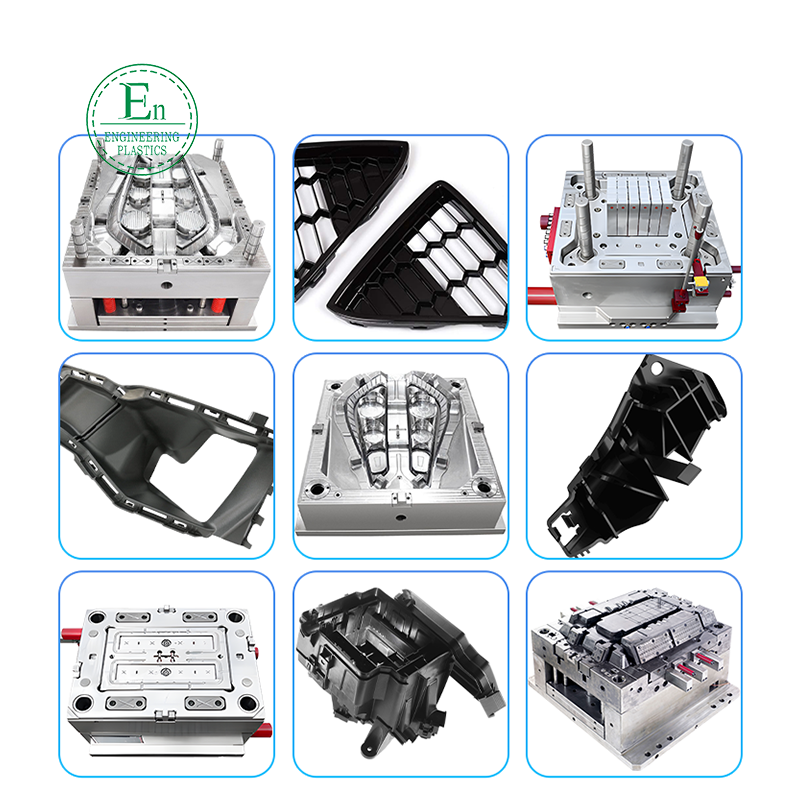
Using more affordable aluminium molds and quick turnaround times (as fast as a day) our on-demand service helps keep your per part cost down. It is ideal for anything between 10,000 and 25,000 parts, but can help control costs for production runs even smaller than this.
For low production runs measured in the hundreds or less then it is also worth exploring other manufacturing technologies such as 3D printing and CNC machining. With these technologies the cost per part will be lower and you will not face the initial set up costs or lead times involved in producing molds.
Injection molding is an excellent manufacturing technology for producing mid- to high-volumes of parts in plastic and liquid silicone rubber. It is evolving over time so it is worth exploring new ideas which could help you reduce your part cost for smaller production runs.
It’s also worth investigating whether other technologies such as CNC or 3D printing could provide a better option for small production runs or even custom-built parts.
As a digital manufacturer we can help you make the right choice for your needs.